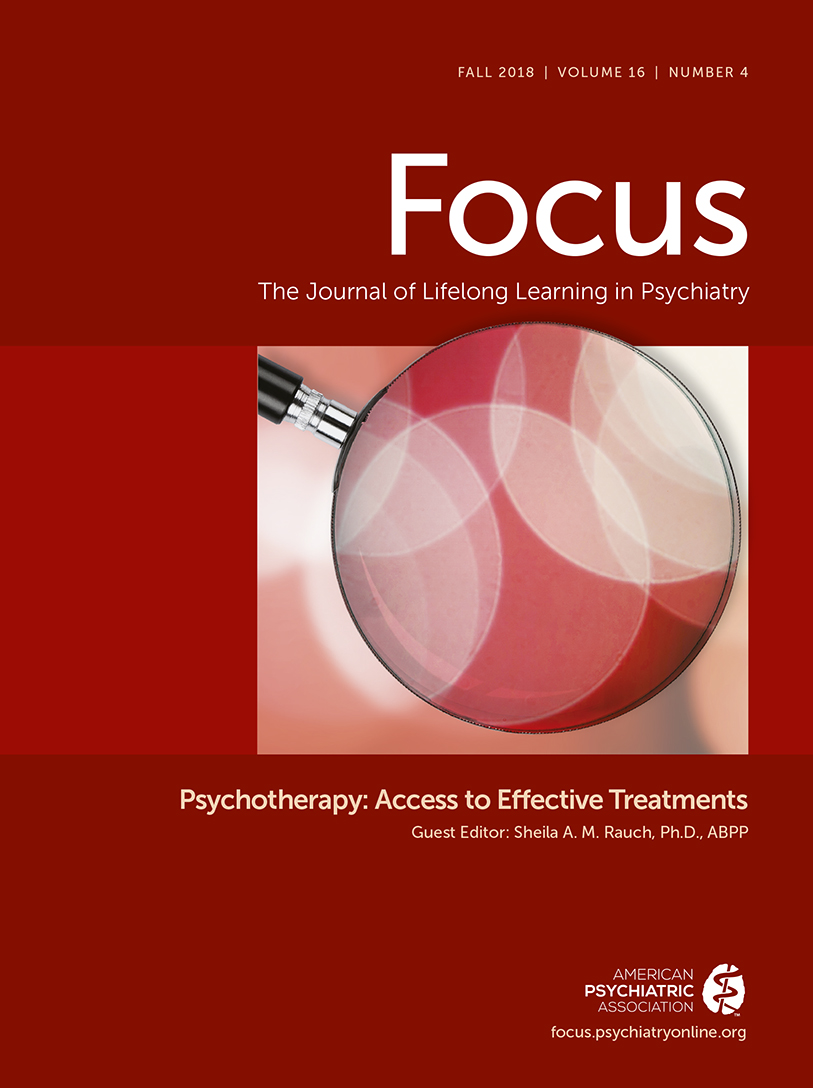Understanding the Burnout Experience
Maslach and Leiter’s article (1) is important because it addresses both psychiatrists’ vulnerability to burnout and how they can work to prevent burnout in themselves and in colleagues.
Burnout and depression are epidemic in medicine. They are reciprocal but independent constructs. Burnout encompasses exhaustion, cynicism, and a sense of inefficacy, which is antithetical to engagement in work done with high energy, pride, and a sense of efficacy. Burnout can lead to depression; depression among physicians poses a higher risk of suicide than among the general population. Psychiatrists’ vulnerability to burnout seems related to the intensity of their work, particularly with patients whose conditions are especially difficult or who may be violent toward themselves or others. Because psychiatrists understand the drivers of burnout at the physician level (overwork, loss of autonomy, erosion of meaning, mismatch between values and actual effort) and at the system level (dearth of resources needed to allow physicians to do what they do best, unrealistic expectations about productivity, burden of electronic health records), they are well positioned to help both fellow physicians and systems address the drivers of and antidotes to burnout. Psychiatrists know what to do to combat burnout in physicians. Restoring a sense of meaning is the core goal of all such interventions. The challenge is how to implement solutions that are, variously, evidence-based or self-evident and based in work-life models of burnout.
Both individual strategies and institutional approaches are needed. They are, literally, a matter of life and death. Will we rise to the challenge?
1 : Understanding the burnout experience: recent research and its implications for psychiatry. World Psychiatry 2016; 15:103–111. doi:



